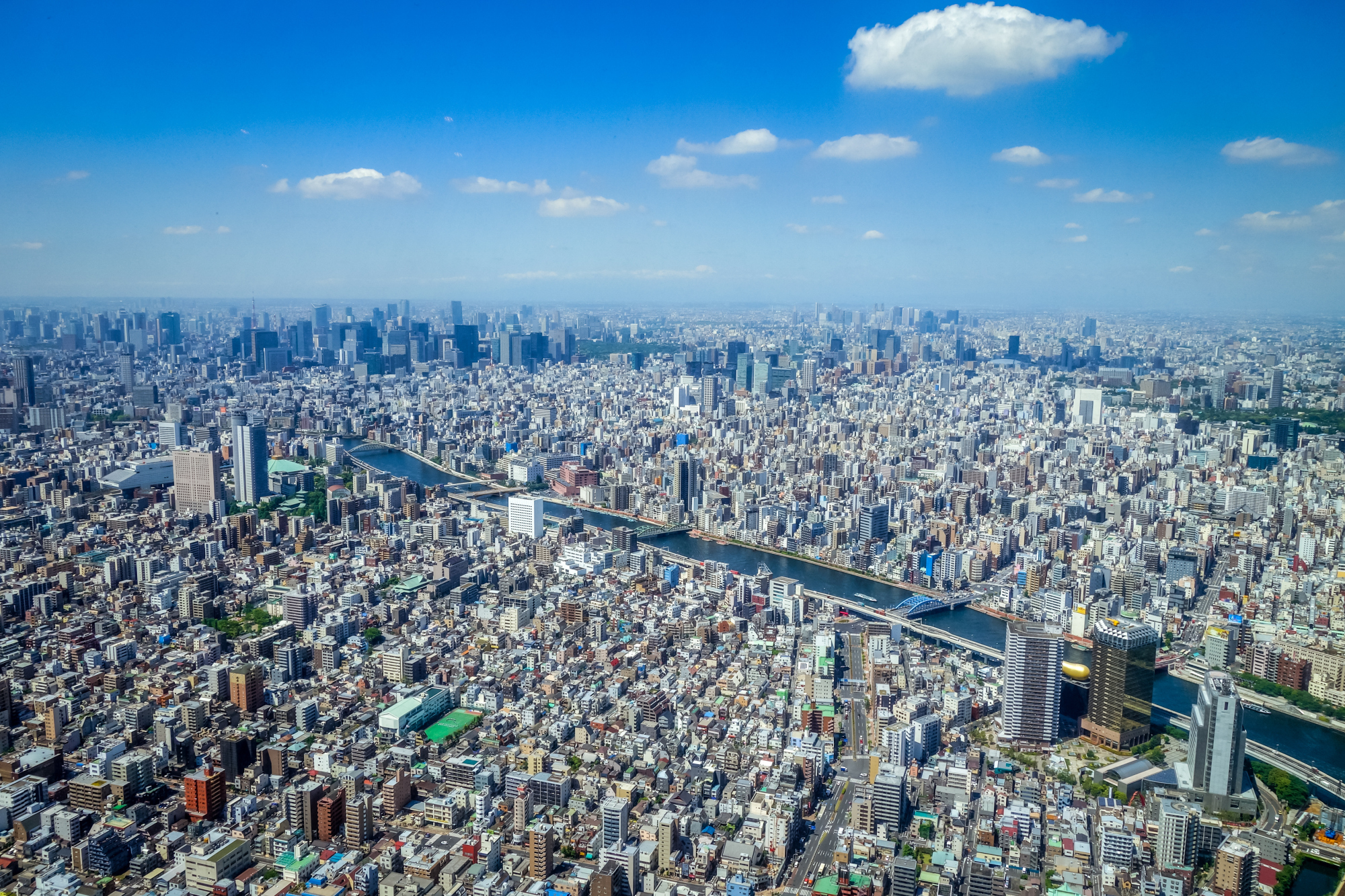For now, Tokyo is still the world's largest city with 37 million inhabitants in the metropolitan area, according to data released by the United Nations.
But its population has plateaued and is projected to begin declining around 2020, while Delhi continues to ascend and is forecast to take over as the world's largest city in 2028.
Osaka is also forecast to drop down the list. The metropolitan area placed second in the U.N.'s report in 2000 with a population of over 18 million, but is forecast to slide to 15th by 2030 as growth flatlines.
Population decline is widespread across the country.
Between 2030 and 2035, 63 of the 1,800 urban areas in the world with a population of 300,000 inhabitants or more in 2018 are expected to shrink. Of which, 33, or more than half, are in Japan. By the end of the century there could be 50 million fewer people living in the country than at its peak.
Years of low fertility, emigration, political strife, economic contraction and natural disasters have contributed to population losses in many global cities, according to the U.N. report. Besides Japan, most of the cities with falling populations are located elsewhere in Asia and eastern Europe, including Poland, Romania, Russia and Ukraine, where overall populations have been either stagnating or in decline.
In the span of a generation, from 2000 to 2030, the population of many industrial cities is expected to fall significantly, including the Chinese city of Yichun, Youngstown, Ohio, and Hamhung, North Korea.
Among the most populous cities in the 2000 report, some will see dramatic changes by 2030. The New York metropolitan area will be pushed out of top 10, while Paris, the only Western European entry in the top 20 in 2000, will place number 35 in 2030, with a forecast population of 11.7 million.




